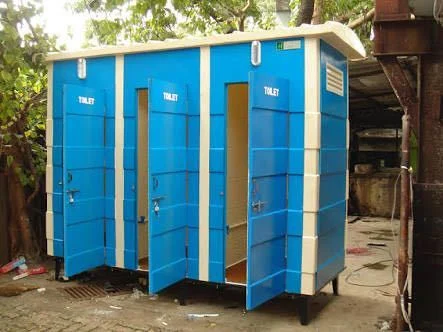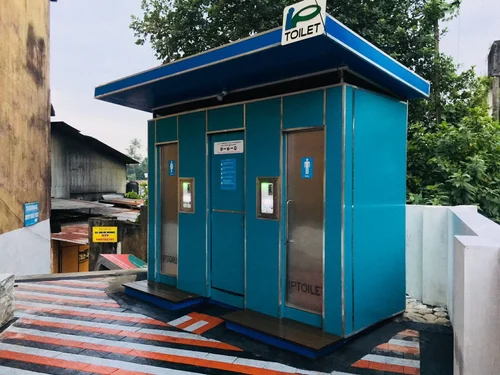Cleanliness is the first law of health.
A self-cleaning smart toilet automates hygiene with features like UV sanitization, bidet functions, and deodorizing. It offers personalized settings and energy-efficient modes for comfort and sustainability. These toilets provide a modern, hands-free solution for maintaining cleanliness.

About Us
A self-cleaning smart toilet uses advanced technologies like automated cleaning, UV sanitization, and deodorizing features to maintain hygiene. It often includes bidet functionality, heated seats, and motion sensors for enhanced comfort and convenience. Smart controls allow for personalized settings, while eco-friendly modes save water and energy. These toilets offer a modern, hygienic solution for both residential and commercial spaces.

-
Automated Cleaning and Sanitization:
Uses UV light, electrolyzed water, or cleaning agents to sanitize the bowl after each use.
-
Integrated Bidet and Dryer:
Features adjustable bidet functions and warm air drying for enhanced hygiene and comfort.
-
Deodorizing and Air Purification:
Equipped with air filters or ionization systems to neutralize odors.

-
Smart Controls and Connectivity:
Allows personalized settings through remote controls, smartphone apps, or voice commands.
-
Eco-Friendly Features:
Includes water-saving flush options and energy-efficient modes.
-
Heated Seats and Motion Sensors:
Provides a comfortable experience with heated seats and automatic lid opening/closing.
Our ServiceS

Expert Installation
Seamless and professional installation of smart toilets in any type of bathroom
.jpeg)
Product Consultation
Guidance in selecting the ideal smart toilet model based on your needs and preferences

Installation
Professional setup and integration of the Self-Cleaning Smart Toilet into existing bathroom infrastructure
.jpeg)
Customization Support
Assistance with configuring personalized settings and user profiles to enhance the user experience

Problem Statement
Traditional toilets waste water; low-flow and composting are alternatives.
-01.jpeg)
Traditional toilets are often water-intensive and costly, while manual cleaning and chemical disinfectants can pose health risks and be less effective. Sustainable solutions include low-flow and dual-flush toilets, composting systems, and automatic cleaning technologies. These innovations help reduce water use, lower utility costs, and improve overall hygiene.
Key Factors
Solar power harnesses renewable energy for efficient operation. UV light cleaning ensures superior hygiene by eliminating harmful microorganisms. Water efficiency uses only 1 liter per usage, reducing consumption significantly. A heating function kills bacteria, harmful viruses, and dries the floor surface. Off-grid capability allows operation independent of traditional power sources, making it suitable for remote areas.
.jpeg)
Frequently Asked Questions
How does the self-cleaning function work?
The self-cleaning smart toilet uses UV light, electrolyzed water, or cleaning agents to automatically sanitize the bowl after each use, ensuring a hygienic environment.
Are smart toilets compatible with all bathroom setups?
Most smart toilets are compatible with standard plumbing, but it's important to check specific installation requirements or consult with a professional.
What happens if the power goes out?
In most cases, smart toilets have manual override functions for flushing, but advanced features like bidets and heated seats may not be available without power.
How much water and electricity do they consume?
Smart toilets are designed to be energy and water-efficient, often featuring low-flow flushing options and power-saving modes to reduce consumption.
Do I need special cleaning products for a smart toilet?
No special cleaning products are typically needed; however, it's recommended to use mild, non-abrasive cleaners to protect the toilet's advanced surfaces and components.

